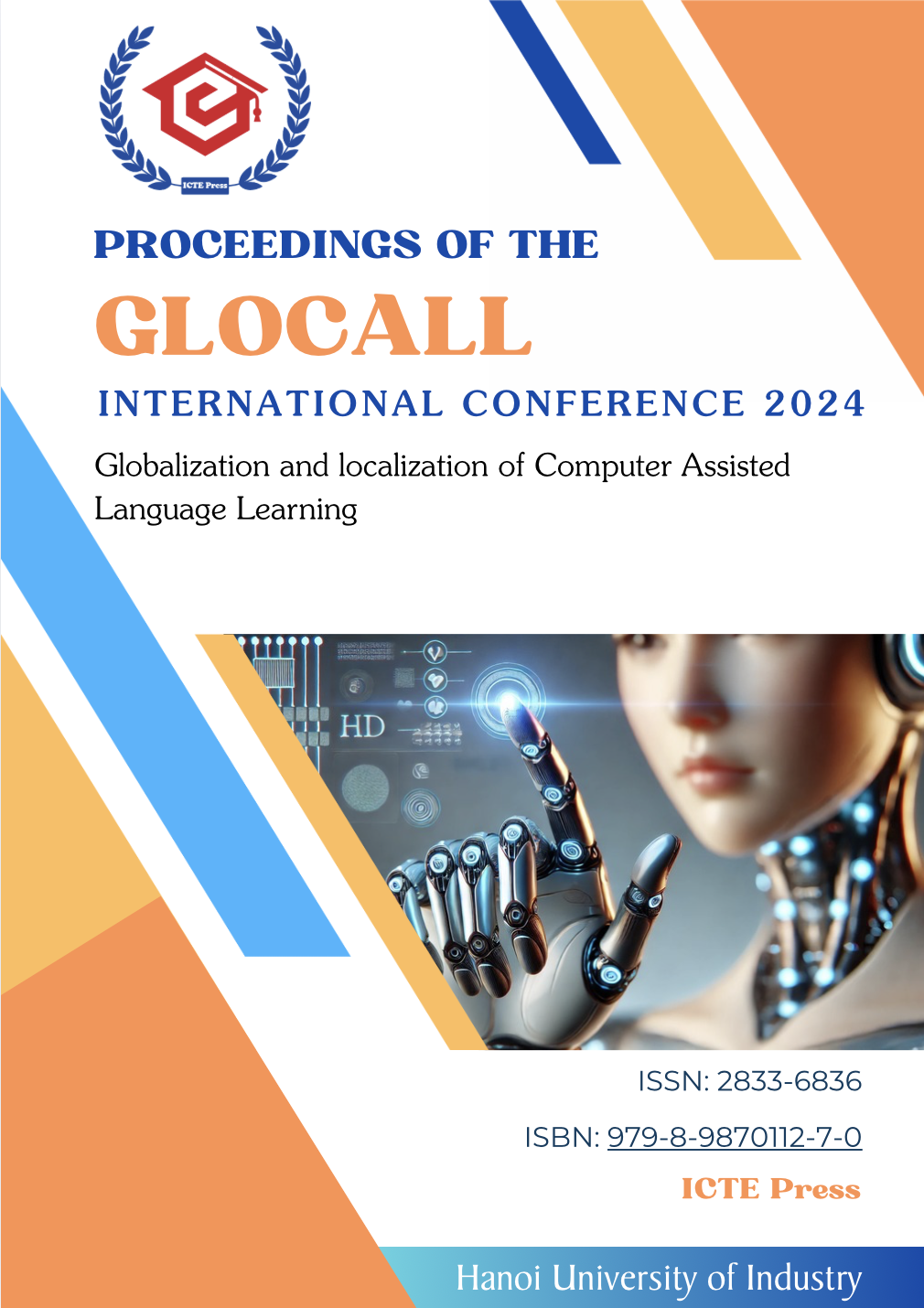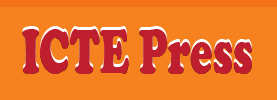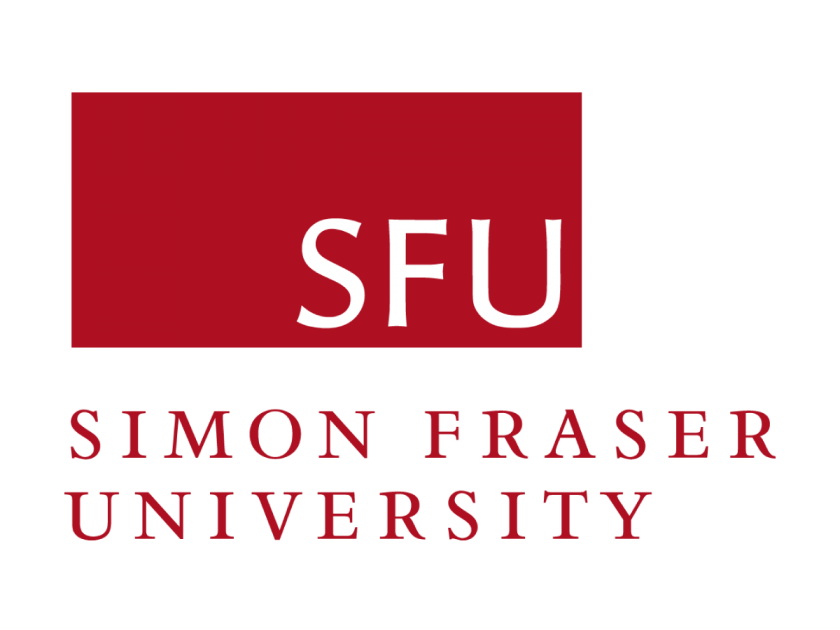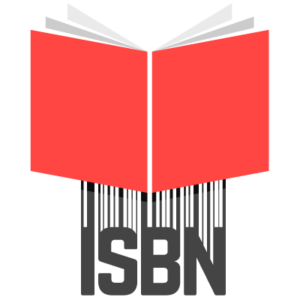Investigating the Impact of PearDeck on Writing Instruction for English Major Students at Hanoi University of Industry
DOI:
https://doi.org/10.54855/paic.2572Keywords:
PearDeck, interactive presentation platform, writing skills, alternative toolAbstract
The incorporation of technology in English learning has become the norm in recent decades. While research on the effectiveness of technology in education is abundant, few studies mention the application of PearDeck in writing education in Vietnam. This research examines the perceptions of PearDeck’s effectiveness in teaching writing skills to English major students at Hanoi University of Industry (HaUI). This study collected data from 20 English-majored students at HaUI. The study adopts a mixed-methods approach to examine the impact of Pear Deck on various aspects of writing proficiency. Quantitative analysis involves questionnaires to measure changes in writing performance, while qualitative data is collected through interviews to gather insights into student experiences. The results show a favorable attitude towards PearDeck and its potential to facilitate writing instructions, contributing to the growing body of literature on technology-enhanced classroom instruction.
References
Anggoro, K. J. (2021). Pear deck. RELC Journal, 52(3), 645-647. DOI: https://doi.org/10.1177/0033688220936735
Anggoro, K. J., & Khasanah, U. (2022). EFL students’ independent learning with Pear Deck interactive slides. Studies in Self-Access Learning Journal, 13(1), 172–176. https://doi.org/10.37237/130111 DOI: https://doi.org/10.37237/130111
Angulo, J. C. L. (2023). The Importance of Instruction-Giving to Better Students’ Performance of Class Activities in English Lessons. Ciencia Latina Revista Científica Multidisciplinar, 7(3), 3449-3464. DOI: https://doi.org/10.37811/cl_rcm.v7i3.6419
Belland, B. R., Kim, C., & Hannafin, M. J. (2013). A framework for designing scaffolds that improve motivation and cognition. Educational Psychologist, 48(4), 243-270. DOI: https://doi.org/10.1080/00461520.2013.838920
Do, T. T. L., Pham, N. T., & Ngo, P. A. (2024). Measuring EFL learners’ perceptions of technology self-efficacy in online language learning. International Journal of Language Instruction, 3(3), 54-78. https://doi.org/10.54855/ijli.24334 DOI: https://doi.org/10.54855/ijli.24334
Ferris, D. R., & Hedgcock, J. S. (2014). Teaching L2 Composition: Purpose, Process, and Practice (3rd ed.). Routledge. DOI: https://doi.org/10.4324/9780203813003
Graham, S., & Perin, D. (2007). A meta-analysis of writing instruction for adolescent students. Journal of Educational Psychology, 99(3), 445-476. DOI: https://doi.org/10.1037/0022-0663.99.3.445
Ha T. (2024) Suggestions on Artificial Intelligence-Assisted Tools for Teaching and Learning English Writing Skills ISSN: 2189-101X – The Asian Conference on Education & International Development 2024 Official Conference Proceedings (pp. 651-664) https://doi.org/10.22492/issn.2189-101X.2024.51 DOI: https://doi.org/10.22492/issn.2189-101X.2024.51
Ha, C. B., & Wanphet, P. (2016). Exploring EFL teachers’ use of written instructions and their subsequent verbal instructions for the same tasks . Nordic Journal of English Studies, 15(4), 135–159. https://doi.org/10.35360/njes.387 DOI: https://doi.org/10.35360/njes.387
Hung, C. M., Hwang, G. J., & Huang, I. (2012). A project-based digital storytelling approach for improving students' learning motivation, problem-solving competence, and learning achievement. Educational Technology & Society, 15(4), 368-379.
Hyland, K. (2003). Second Language Writing. Cambridge University Press. DOI: https://doi.org/10.1017/CBO9780511667251
Kirkpatrick, D., & Kirkpatrick, J. (2006). Evaluating training programs: The four levels. Berrett-Koehler Publishers.
Lan, M. (2023). Factors Affecting Non-English Major Students’ Writing at a University in Vietnam. Tạp chí Khoa học Ngoại ngữ.
Lee, H., & Heinz, M. (2017). Examining technology-enhanced self-regulated learning in a language learning context. Educational Technology Research and Development, 65(6), 1425-1449.
Madden, N. O., Gordon, S., Chambers, R., Daley, J.-L., Foster, D., & Ewan, M. (2025). Teachers’ Practices and Perceptions of Technology and ChatGPT in Foreign Language Teaching in Jamaica. International Journal of Language Instruction, 4(2), 1-32. https://doi.org/10.54855/ijli.25421 DOI: https://doi.org/10.54855/ijli.25421
Praslova, L. (2010). Adaptation of Kirkpatrick’s four level model of training criteria to assessment of learning outcomes and program evaluation in higher education. Educational assessment, evaluation and accountability, 22, 215-225. DOI: https://doi.org/10.1007/s11092-010-9098-7
Roqobih, F. D., & Astriani, D. (2024). Distance Learning Experience: Unleashing the Power of Peardeck for Post-Pandemic Education. Jurnal Pijar Mipa, 19(3), 386-390. DOI: https://doi.org/10.29303/jpm.v19i3.6463
Sengsri, S., & Anggoro, K. J. (2021). Students' Perceptions of Content and Language Integrated Pedagogy via Electronic Communication (e-CLIP). World Journal on Educational Technology: Current Issues, 13(1), 54-67. DOI: https://doi.org/10.18844/wjet.v13i1.5363
Vygotsky, L. S. (1978). Mind in Society: The Development of Higher Psychological Processes. Harvard University Press.
Warschauer, M. (2010). Invited Commentary: New tools for teaching writing. Language Learning & Technology, 14(1), 3-8.
Downloads
Published
How to Cite
Issue
Section
License
Copyright (c) 2025 Le Thu Huong, Doan Quang Dung

This work is licensed under a Creative Commons Attribution 4.0 International License.
Copyright
The copyright of all articles published in the Proceedings of the AsiaCALL International Conference (paic) remains with the Authors, i.e. Authors retain full ownership of their article. Permitted third-party reuse of the open access articles is defined by the applicable Creative Commons (CC) end-user license which is accepted by the Authors upon submission of their paper. All articles in the aicp are published under the CC BY-NC 4.0 license, meaning that end users can freely share an article (i.e. copy and redistribute the material in any medium or format) and adapt it (i.e. remix, transform and build upon the material) on the condition that proper attribution is given (i.e. appropriate credit, a link to the applicable license and an indication if any changes were made; all in such a way that does not suggest that the licensor endorses the user or the use) and the material is only used for non-commercial purposes.









